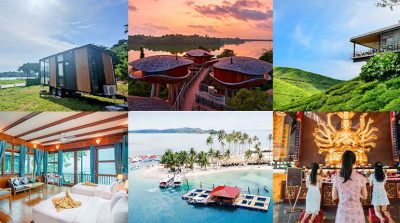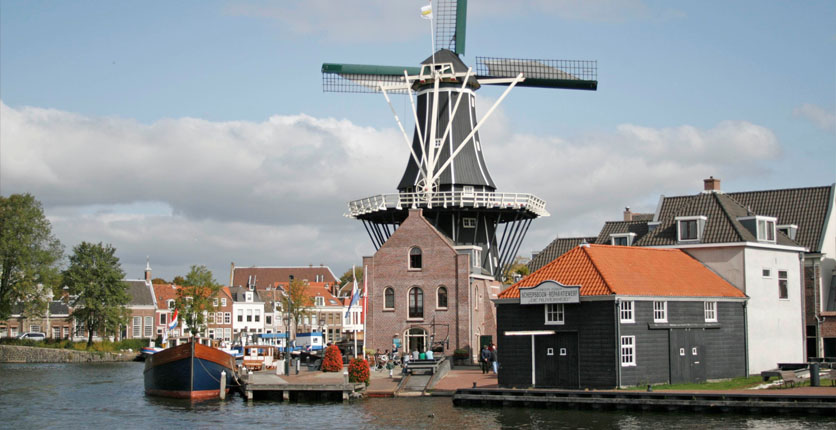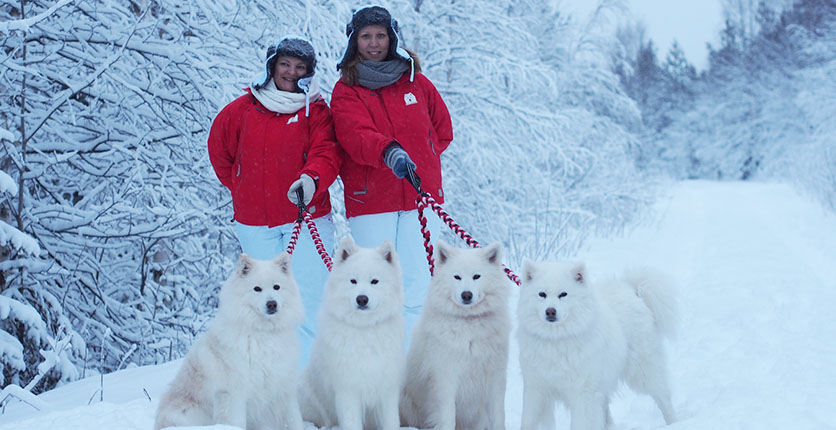How times have changed. Where once “cold turkey’’ would have had disturbing connotations of substance abuse, today it is easily applied to any minor deprivation in daily life. Such as when abandoning sugar or going caffeine-free. Or if you’re staying at the Gal Oya Lodge, going without a mobile phone signal and Wi-Fi. There are only nine bungalows spread out on the property, each made of wood with a thatched roof. Their construction looks basic, but each is spacious, with a living area, bedroom and a huge open-air bathroom that allows bugs and the occasional frog to join you while you’re doing your personal grooming. Each lodge comes with amenities like a modern toilet and electric fans – but no air-conditioning and, of course, no telephone or TV. And because you left your telco connection in the last village 20km ago, definitely no WhatsApp or Instagram to interrupt your relaxing stay.

Water World
For sure, Gal Oya Lodge appeals to a different kind of tourist, one who wants to view wildlife in its natural habitat – which he can easily do because the Gal Oya National Park is just a few kilometres away. There are over two dozen national parks in Sri Lanka and all are protected. Visitors require permits to enter, and the Lodge provides these as well as a guide and driver. Two excursions are available: a jeep safari and a boat safari. The latter takes place in a huge reservoir called Senanayake Samudra, named after the country’s first prime minister, DS Senanayake.
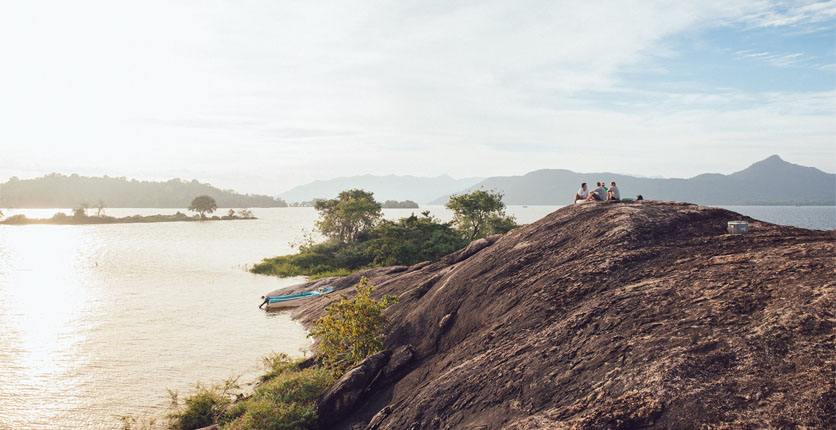
The national park is the reservoir’s catchment area, and has vast evergreen and savanna forests with wildlife aplenty, including elephants, bears, deer, water buffaloes, wild boars, crocodiles and birds. In fact, more than 150 bird species have been sighted in the park, which is also used by elephants as part of a corridor connecting the smaller Madura Oya National Park in the north with the bigger Yala National Park in the south. During our boat safari, our boat was caught in a thunderstorm, so the lodge’s resident naturalist, Anuradha Hareth, brought us back to shore.
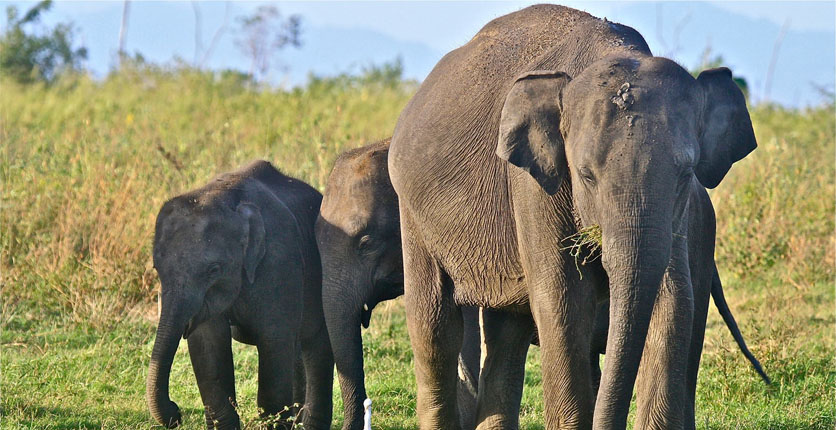
Crouching behind boulders, he pointed to what looked like a boulder some 500m away. It was actually a lone elephant. The large mammal suddenly stopped feeding and lifted his head to look in our direction. “He is downwind and can smell us,’’ explained Anuradha. Meanwhile, brahminy kites glided lazily overhead. A white-bellied eagle had settled on a stump, as egrets, grey herons and cormorants nested peacefully on a grassy slope. But there was more excitement when freshwater crocodiles were spotted. Fortunately, they were too far – or lazy – to bother with us.
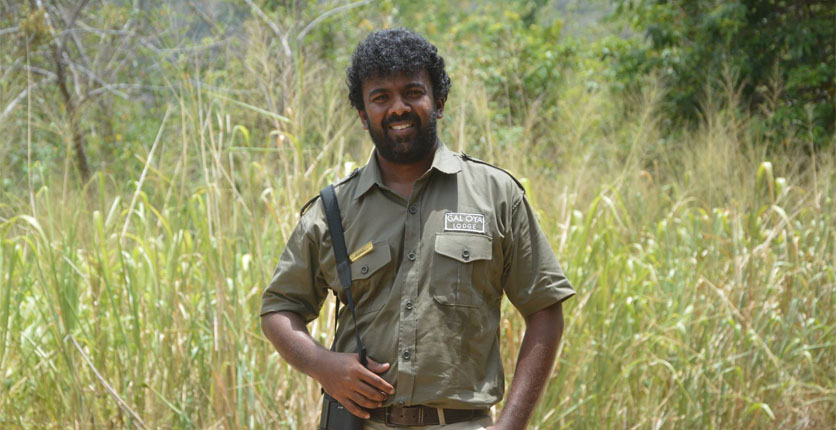
Jungle Drive
On land, in the forest in the opposite direction from the lodge, there are more species of birds to be discovered during the jeep safari (if you can spot them). While you can hear them, it’s unlikely you can see them – unless your guide is eagle-eyed Anuradha. From the back of the open jeep, he pointed out various birds hiding in the trees, like the jungle owlet, a rare owl that ventures out during the day; the black hooded oriole, the same mellifluous yellow bird found in Singapore but with a flash of orange on its nape; and the Layard’s parakeet, a screeching parrot endemic to Sri Lanka.
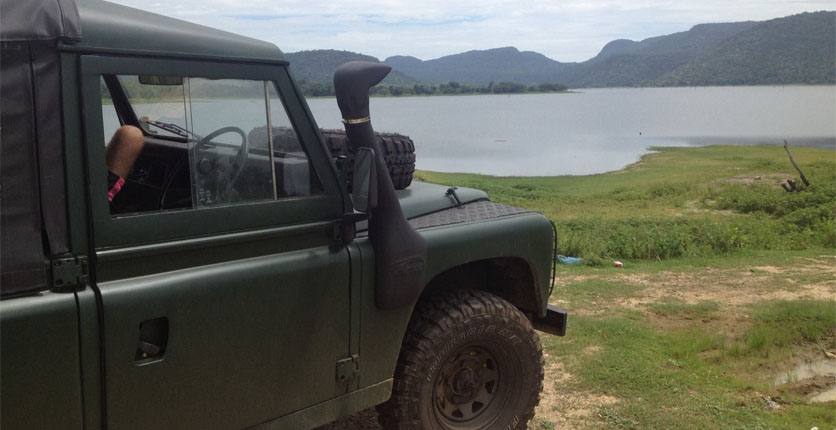
We also saw the Gal Oya river. Gal means boulder and Oya is river, and, of course, huge boulders line the river bed. However, the drought over the last three years has left boulders that were once submerged painfully exposed. Still, on the river banks, large endemic butterflies continued to flutter delicately. One of them was the blue mormon, the second largest species of butterfly in Sri Lanka after the ceylon birdwing. Equally interesting were the elephant tracks spotted along the water’s edge. One of them appeared to have passed by two or three days before.
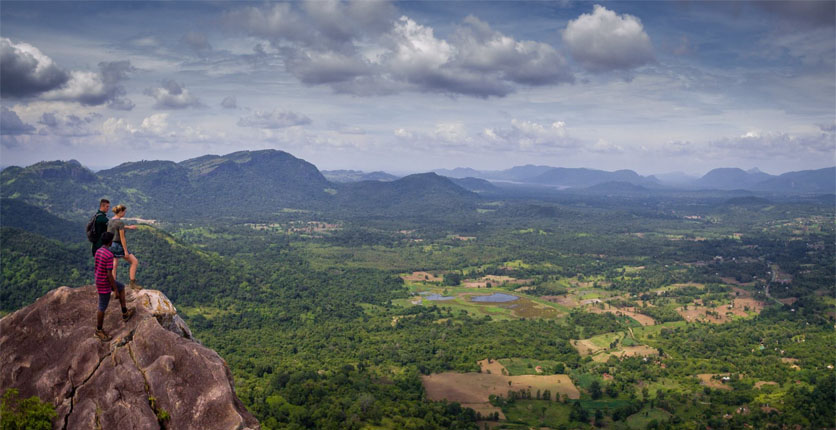
It climbed up the river bank and entered the forest. And judging by the half-bitten clump of tall grass he left behind, he was a rather sloppy eater or had one too many snacks to choose from. It was a rather fitting reminder for us that in Gal Oya, with its abundant wildlife and natural beauty, there is much to savour. Nothing like a day out in an open jeep to get closer to the local fauna!



